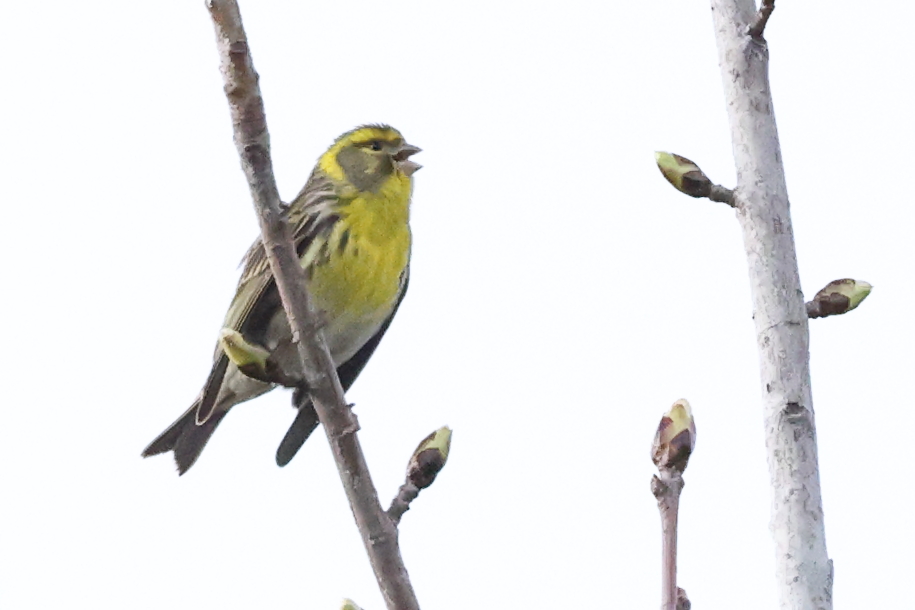
The sentinels of a Portuguese spring were singing. While walking the dog I could hear Serin, Wren and several Black Redstarts proclaiming their territories.
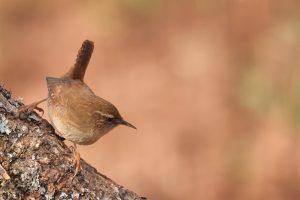
Mid-February is an early start for spring – even this far south – but spring is spring, and birds were waiting. I decided to go back to the Lezírias and specifically, visit EVOA. My plan was to do research for this post, so I decided to enter as a common mortal and not use the electronic pass. And regretting that decision almost instantly as the gate was closed.
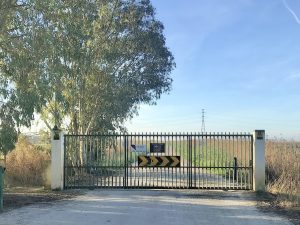
Fortunately, my wait was short and well spent with singing Common Chiffchaff in the eucalypts and the adjacent rice fields full of Glossy Ibis and other waders. After a few minutes a car appeared, the gate opened, and I was off towards EVOA. From the gate to EVOA is about 9 kilometres. There were birds singing everywhere. Corn Buntings were corny, Zitting Cisticolas were zitty and Horned Larks were fortunately nowhere to be seen.
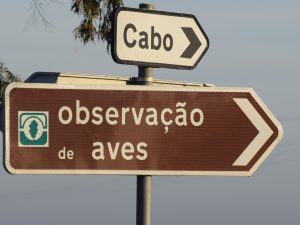
An earlier post describes how to get to EVOA. EVOA has a series of observation hides around the lakes and ponds. It costs € 14 to get in and there are several options, including guided tours and a photography hide. After a coffee in the excellent cafetaria I hitched a ride to the first hide with Luisa, one of the guides at EVOA. She’s enthusiastic and highly competent and I can assure you that is the norm. If it’s your first time visiting EVOA it can be worth your while to go for the guided tour.
The ponds were full of birds as usual with abundant Common Snipe as well as Ruff, some Dunlin, Stilts and a few ducks, including Red-crested Pochards. Western Swamphen are common and Flamingo occasionally visits the ponds.
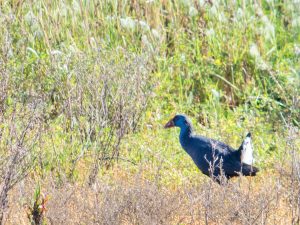
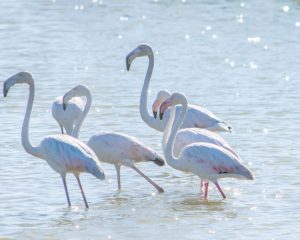
Interestingly, a bird of prey set off a psychological experiment. It all started with a Western Marsh Harrier flying a thermal. Wait a minute, it’s very light on the back, almost like a Booted Eagle. Could it be? Pictures were taken to confirm.
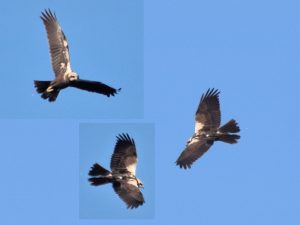
And then something strange happened… For some reason, my focus continued on the back feathers and the pattern, and the obvious harrier showed more and more characteristics of the eagle. All the positive field marks that shouted out “harrier” I completely ignored. Guide Luisa did mention the “mask” but still I kept doubting and discussing. How could this bird be anything else than a harrier? Tunnel vision? Idée fixée? This phenomenon is not unusual. Kenn Kaufman describes a similar case of mass psychosis in his book Kingbird Highway (a Common Redshank with black mud on its beak, I believe). I also realise I may be insisting on a psychological reason while I just might be an incompetent birder. It’s possible.
Or perhaps I am getting too old and decrepid. But hey, it has been said before: all is not lost! At EVOA I met the future – a young man named Francisco. Eleven years old and already putting me to shame. Not just me, many birders can take a leaf out of this young gentleman’s book. A meticulous note keeper, a keen eye and ear, impressive knowledge and most importantly: member of the local BirdLife partner SPEA. Although my credibility was at an all-time low, he was nice and polite not to rub it in. We exchanged notes on where to find good birds in southern Portugal. I really hope he will find the Great Bustards.
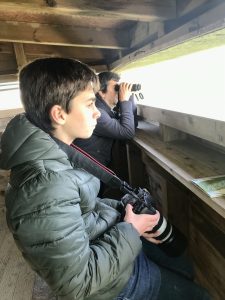
The encounter made me think. Birders are generally very nice people – always willing to point out a special bird, lend a telescope, and unlikely to start a war. Shouldn’t we put birders in charge of running the planet? Case in point: former emperor of Japan, His Majesty Akihito, is an avid birder. I have seen photographs of him in lodges and hides all over the world. He is always smiling. His reign was dubbed Heisei. Heisei being an expression of achieving peace worldwide. His father was not a birder and we all know that his reign couldn’t be further from “peace worldwide”. Come to think of it, Putin probably has a cat. He lets it poo in the neighbour’s garden, no doubt claiming the garden belonged to him in 931 AD. Out of precaution I won’t name the Russian birder best suited to replace Vladimirko – he may end up dying of natural causes.
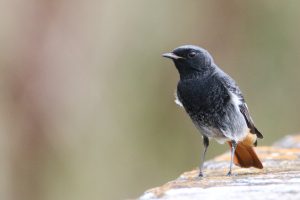
With those happy thoughts I continued birding. The reedbeds will be full of warblers by the time you read this post but February is just too early. My list for the day had a good 50+ species on it but I will go back for that Savi’s Warbler, Great Reed Warbler and Eurasian Reed Warbler bonanza that’s about to start soon.
Please note that I am not under any contractual obligation to produce bad photographs – I’m just not very good at it. Luckily, I have friends to help me out. All passerine photographs in this post were taken by my friend José Leal. The larger birds were photographed by Brad Nelson.











Leave a Comment